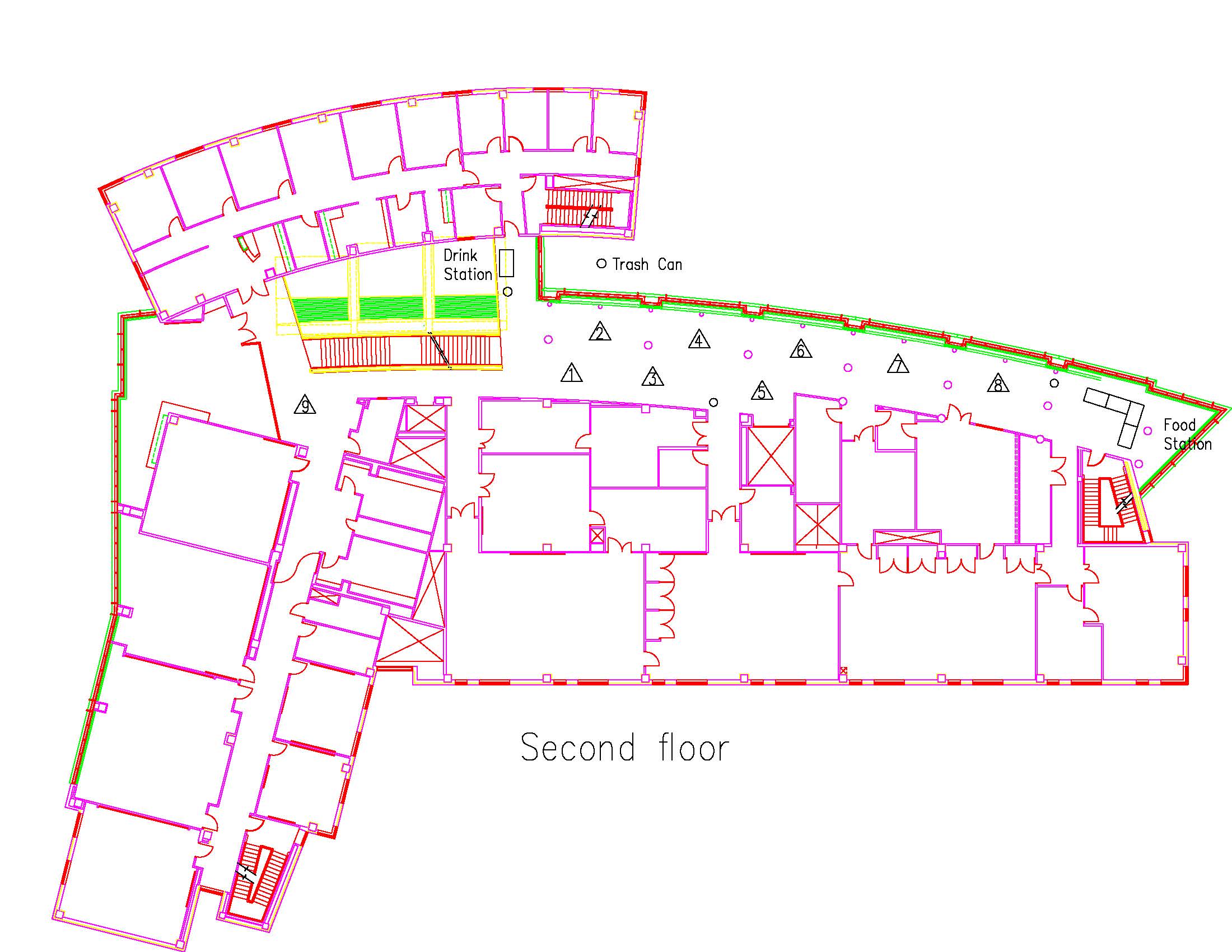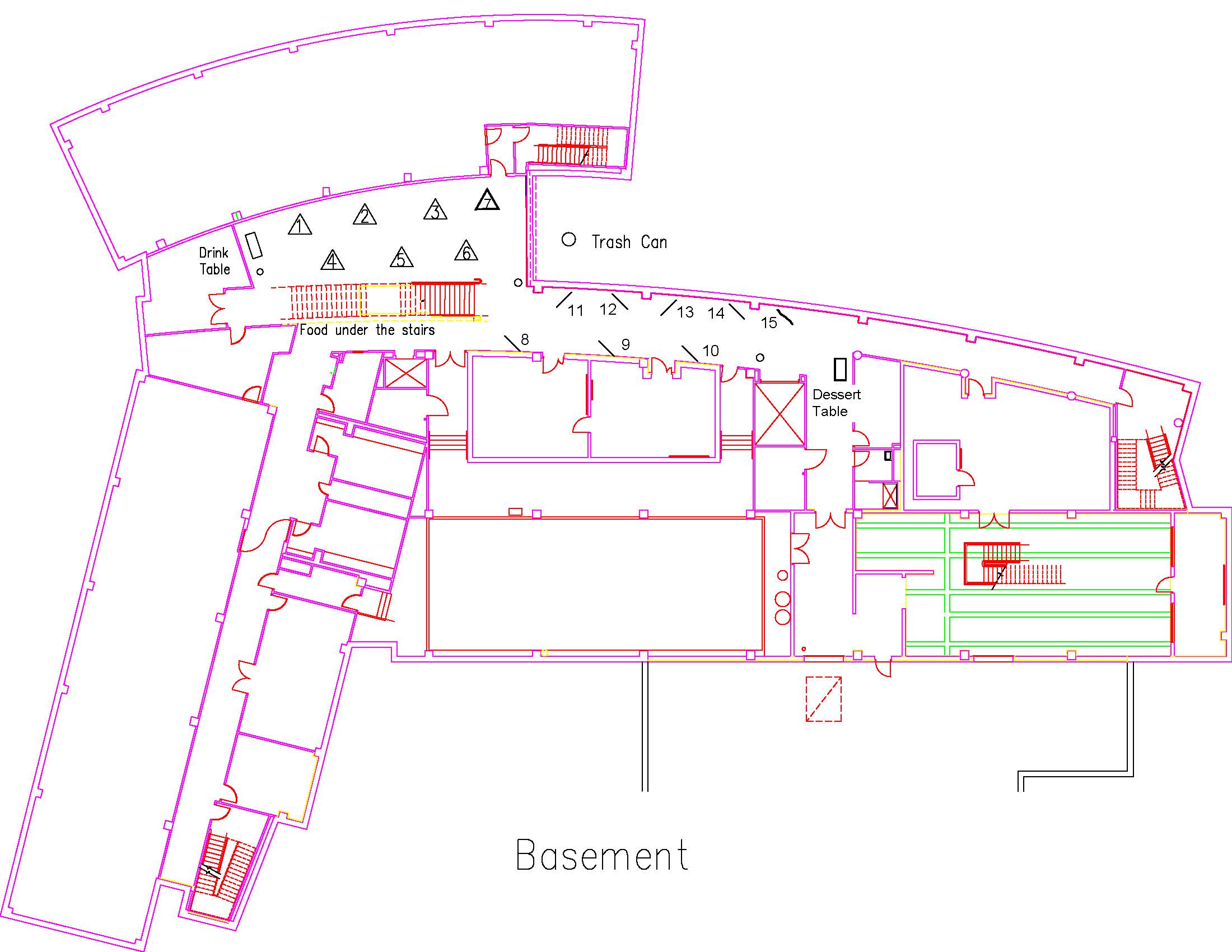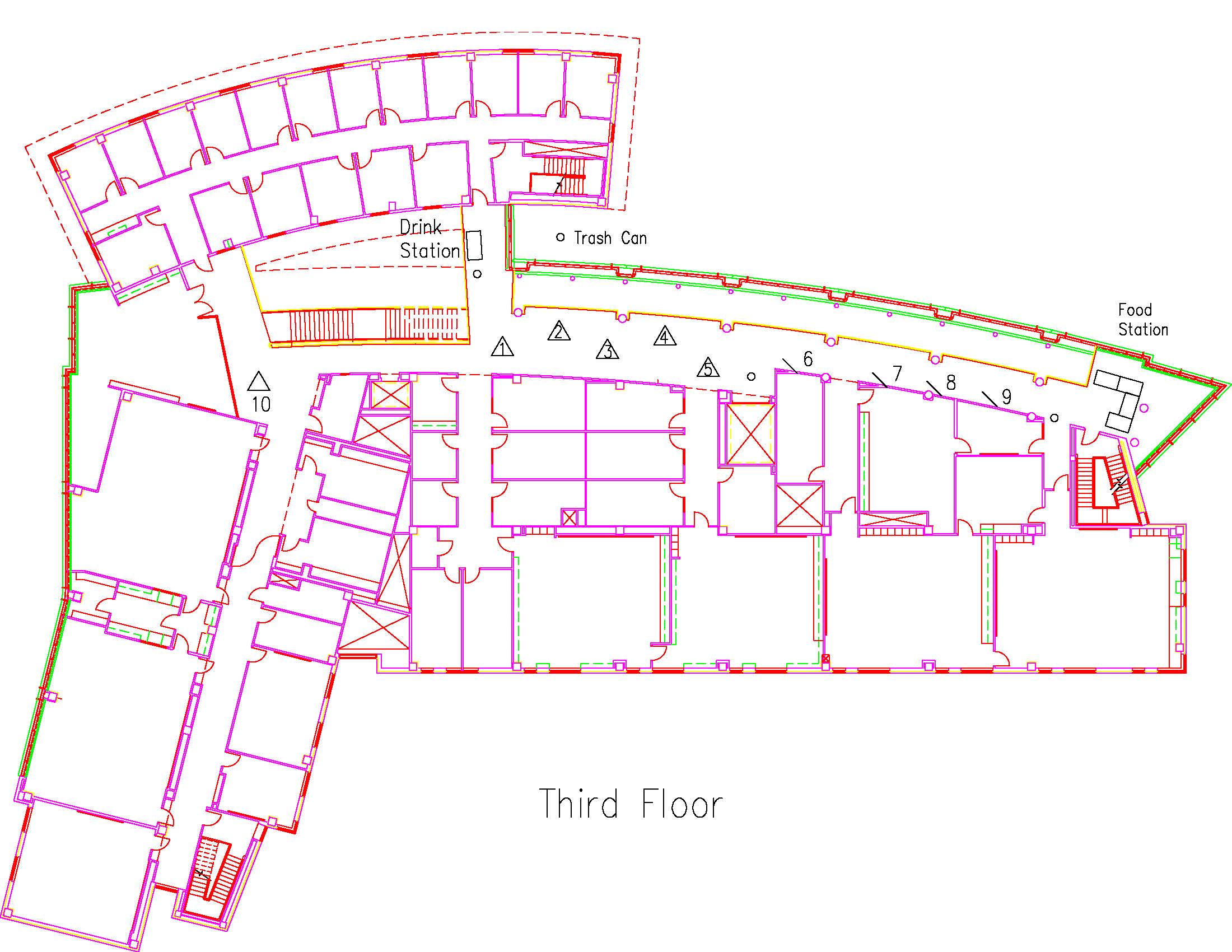PSYC2019GUYTON22707 PSYC
Spirituality Resilience Training as a Method of Treatment in Morally Injured Veterans
Type: Undergraduate
Author(s):
Nathan Guyton
Psychology
Vishal Thakkar
Psychology
Advisor(s):
Timothy Barth
Psychology
Location: Session: 2; 2nd Floor; Table Number: 6

View PresentationMoral injury is the psychological or spiritual consequence of acting (or failing to act) in a manner that is inconsistent with one’s moral code (Litz et al., 2009; Shay, 1994). The goal of this research was to test a spiritual resilience training program on those with moral injury and their perceived stress and growth. We administered a survey of 21 psychologically validated scales to veterans before the training sessions and one week apart after they ended. Specifically, we were interested in seeing how those who completed a one-week training program would respond to measures of perceived stress, post-traumatic growth, and moral injury, as compared to a control group that did not complete the training. Those who completed the training went through a program of group discussion, journal activities, art therapy, and individual reflection. We found that veterans who completed the program had higher ratings of: post-traumatic growth, relating to others, and sense of spirituality. There were no differences in self-reported perceived stress. The results of the current study could provide more insight into how the training program works and if the program assists veterans in acclimating to life after possible traumatic events during deployment.
PSYC2019HAYES32319 PSYC
Ovulation, Stimulus Discrimination, and Mate Preferences
Type: Undergraduate
Author(s):
Rylie Hayes
Psychology
Maddie Kloess
Psychology
Summer Mengelkoch
Psychology
Advisor(s):
Sarah Hill
Psychology
Location: Session: 2; Basement; Table Number: 6

View PresentationPast research in evolutionary psychology has found that women experience shifts in their mate preferences during ovulation - the few days in a month in which conception is possible. Specifically, ovulating women show an increased preference towards men with greater levels of masculinity, facial symmetry, and creative ability. These traits are thought to be indicators of a high-quality mate, and as such women are thought to be attuned to these traits when conception is possible. To extend this research, we sought to examine whether this effect was driven by changes in women’s abilities to detect subtle differences in these traits. To do so, we tested women’s ability to discriminate between mating related stimuli, including slight changes in facial symmetry and masculinity, gait masculinity, and creativity, at both ovulation and a low fertility point in their ovulatory cycles. We are collecting a sample of 240 women – 120 who are taking hormonal contraceptives, and 120 who are naturally cycling. We predict that ovulating, natural cycling women will be better able to detect subtle differences in mating related stimuli compared to naturally cycling, low fertility women, as well as those women taking hormonal contraceptives. Preliminary results will reveal if ovulating women are better able to detect these differences and if they are more attuned to the quality of potential mates.
PSYC2019HILL54918 PSYC
5xFAD mice display cognitive impairment in a novel object placement task
Type: Undergraduate
Author(s):
Briar Hill
Psychology
Kelly Brice
Psychology
Christopher Hagen
Psychology
Lauren McCue
Psychology
Julia Peterman
Psychology
Jordon White
Psychology
Advisor(s):
Gary Boehm
Psychology
Michael Chumley
Biology
Location: Session: 1; 3rd Floor; Table Number: 6

View PresentationOne of the main hallmarks of Alzheimer’s disease (AD) is dramatic cognitive decline, including memory loss. Because of this, AD research continually seeks new ways to study the cognitive health of animal models of AD. Researchers have assessed cognitive deficits in AD mice through a variety of behavioral paradigms. The purpose of the present study is to assess if mice with AD-like markers display cognitive deficits in an additional behavioral paradigm, the Novel Object Placement (NOP) task. Animals are allowed to explore two identical objects in a testing arena for three sessions of five minutes. In a fourth session, one of the objects is moved to a different spot in the arena. Animals with intact cognition spend more time exploring the object in the novel location than the object in its original location, as mice naturally display a preference for novelty. Pilot data from our lab demonstrates that experimentally naïve animals complete the task successfully. The animals used in this study are 5xFAD transgenic mice, nontransgenic mice, and nontransgenic mice administered LPS. 5xFAD mice have genetic mutations that result in the production of a protein, amyloid beta, that is seen in human AD, and is often associated with cognitive deficits. Additionally, our lab has previously demonstrated that nontransgenic mice administered seven consecutive days of LPS, a bacterial mimetic, also produce amyloid beta. To investigate if both of these mice display deficits in NOP, we gave nontransgenic 5-6 month-old mice seven days of either LPS or saline injections, and we gave 5xFAD animals saline injections. For the next three days following the 7th injection, the animals were placed into the testing arena with identical objects in adjacent corners of the arena and allowed to explore. Four hours after the third training session, one of the objects was moved to a new location in the arena, and animals were placed back into the arena for the testing session. The dependent variable was the percentage of total object exploration time spent exploring the object in the novel location. There were no significant differences between the nontransgenic animals that received LPS or saline. However, the 5xFAD animals spent significantly less time exploring the novel object compared to the nontransgenic animals, indicating impairment identifying the novel object location. Therefore, at 5-6 months of age, the 5xFAD mice demonstrated cognitive deficits in the NOP task. Further research will explore at what age these cognitive deficits emerge and the extent to which various AD markers are correlated with the deficits.
PSYC2019JI1519 PSYC
The Effects of Meaning in Life on Academic Achievement
Type: Undergraduate
Author(s):
Karen Ji
Psychology
Robert Arrowood
Psychology
Lexie Bryant
Psychology
Christina Ostovich
Psychology
Advisor(s):
Cathy Cox
Psychology
Location: Session: 1; Basement; Table Number: 7

View PresentationIn an effort to improve academic achievement, we examined the effects of meaning in life (MIL) on grade performance. Prior research has found that MIL is associated with better adjustment to stressful life events. Fall semester freshmen in general psychology courses were asked to complete measures of MIL and academic adjustment. At the end of the semester, their final grades from general psychology courses were collected from the Registrars’ office. The results revealed that higher meaning presence persons reported experiencing better academic adjustment to college. Higher adjustment was associated with increased end of the semester final grades in general psychology . No effects emerged in response to meaning search. These findings suggest that the presence of MIL in early college life could have important implications for academic well-being and achievement.
PSYC2019JOHNSON28463 PSYC
Effects of Unpredictable Stress on Contextual Acquisition and Extinction in Mouse Models of Alzheimer’s Disease
Type: Undergraduate
Author(s):
Madison Johnson
Biology
Kelly Brice
Psychology
Christopher Hagan
Biology
Taylor Jamali
Biology
Julia Peterman
Psychology
Jordan White
Psychology
Advisor(s):
Gary Boehm
Psychology
Michael Chumley
Biology
Location: Session: 1; 2nd Floor; Table Number: 8

View PresentationAlzheimer’s disease (AD) is a progressive form of dementia marked by decline in cognitive functioning and memory loss due to protein abnormalities in the brain. One early cognitive deficit seen in AD is a contextual acquisition deficit. However, evidence suggests that deficits in contextual extinction learning may present earlier than acquisition deficits. Extinction is a type of learning process by which the brain acquires information inconsistent with information it had previously learned, and gradually begins to accept this new information instead of the old. As psychological stress has been linked with increased Alzheimer’s markers, it is important to explore the interaction between stress and contextual learning.
In our first experiment, male C57BL/6J mice were divided into three groups – unpredictable stress (US), isolation, and group housed (controls). All three groups were trained in a contextual fear conditioning. After training, the animals in the isolation and US groups were isolated in individual cages for seven days. In addition to living in isolation, the US group underwent seven days of variable, unpredictable stressors which include 2 hours of wet bedding, cage tilted at 45 degrees for 30 minutes, 30 minutes of restraint stress, 5 minutes of forced swimming in warm water, placement in an empty cage for one hour, and nesting material removal overnight. These stressors were applied in a random order every day for 7 days. On the eighth day, acquisition learning was assessed. Animals in the US group showed significant deficits in acquisition of contextual fear conditioning compared to isolated animals and group housed controls. Extinction learning was assessed on days nine through twelve. There was no effect of US on extinction learning, as there was likely a floor effect due to impaired acquisition. In the second experiment, animals were divided into US and a group housed control group. The US animals underwent the same series of stressors listed previously for six days. On the seventh day, all animals received one 250mg/kg injection of LPS, a bacterial mimetic, to determine how stress impacted the immune challenge. Four hours later, the hippocampus was collected for cytokine and HMGB1 mRNA analysis. As the elderly face surmounting odds of AD, along with significant stress, research on how these interact and early diagnostic signs is especially relevant.